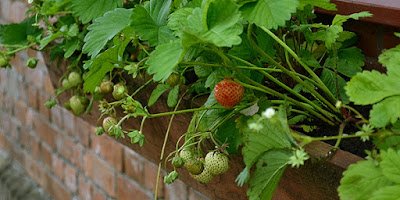Viljandi is a town in southern Estonia, on Lake Viljandi. Mentioned in 1211 (founded on the site of an Estów stronghold). Viljandi was granted city rights in 1283 by the Land Master of the Livonian branch of the Teutonic Order, Villekinus de Endorpe. Member of the Hanseatic League. Within the borders of the Polish-Lithuanian Commonwealth (Livonia: 16th/17th century, seat of the starost), recaptured by the Poles in 1602. In Sweden (17th/18th), since 1721 within the borders of Russia.
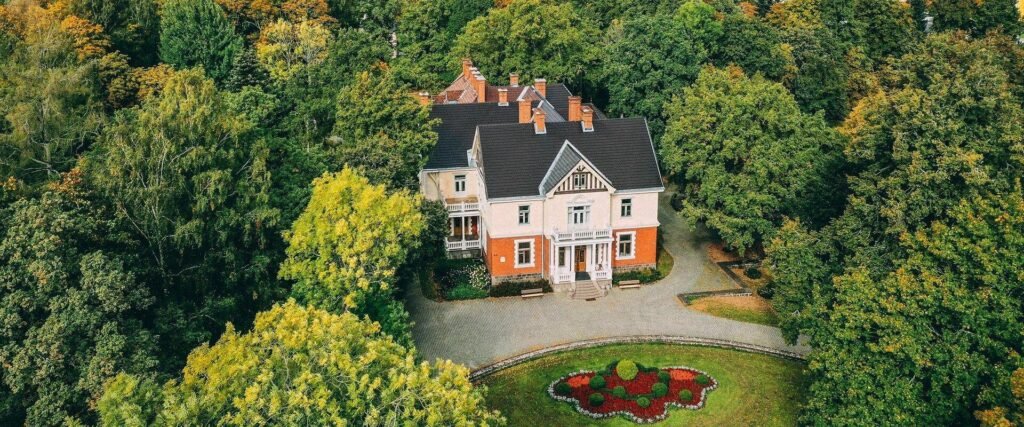
- The Church of St. John in Viljandi was originally part of a medieval Franciscan monastery built between 1466 and 1472. The abbey was destroyed during the Livonian War in 1560. It was not until the 17th century that the church was raised from the ruins and began to be used again. After World War II, in 1950 it was converted into a warehouse. Renovation was carried out in 1992, after which the building began to serve as a concert hall.
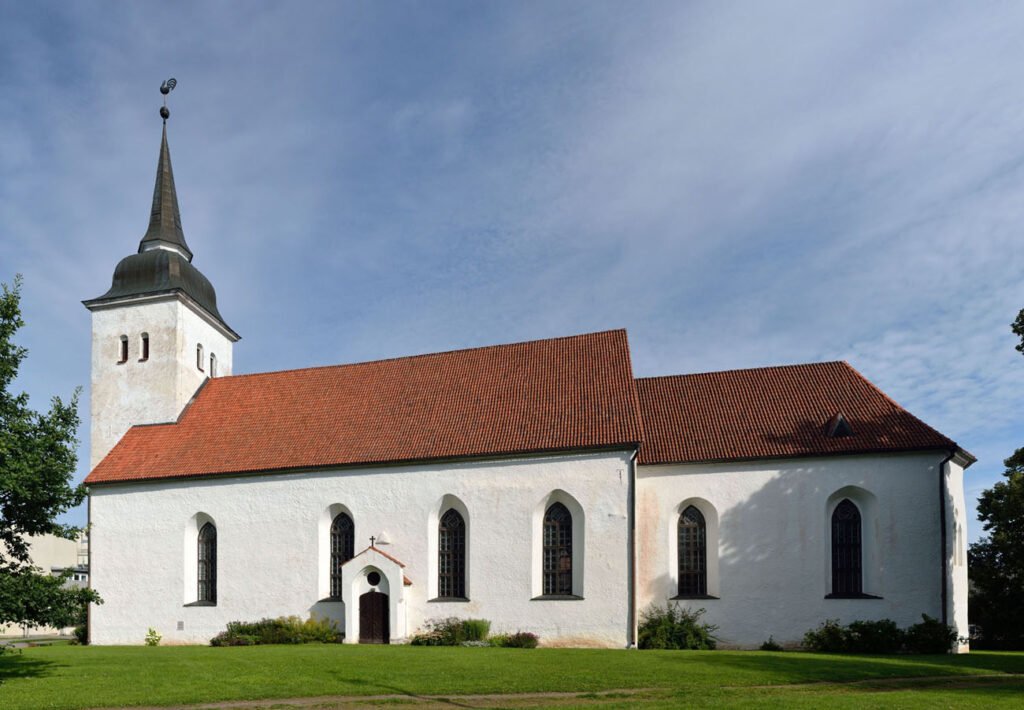
- Lake Viljandi. I’ve been to the lake twice, first alone, then with my husband, and unfortunately, each time I’ve encountered rain and awful weather. The place that would probably be bustling with life on warm, sunny days is now completely deserted. Beaches, a charming pub with tables on the jetty, playing fields, water equipment rentals, and zero people. A 13.5-kilometer trail has been marked out around Lake Viljandi. Apparently, however, it’s very difficult to find it, and some of the paths are almost completely gone. I still have a lot to see in the city, so I’m going back up.

- The red suspension bridge. Being at the castle, it is impossible not to notice the charming suspension bridge located on the north-west side. Rippsild is 50 meters long and was donated to the city in 1931 by Karl von Mensenkampff.
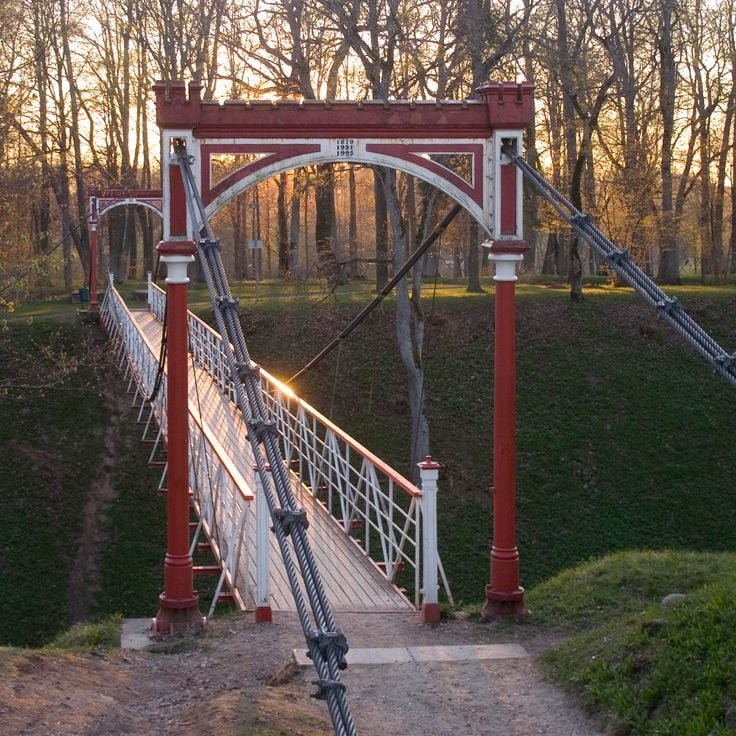
- City Hall. This is definitely the ugliest building in the city, completely “standing out” from the rest of the charming buildings. However, the sculpture standing on its southern side draws attention. It is the figure of August Maramaa – the former mayor of the city with his beloved dog.
- Museum. My attention is drawn to the City Museum – Viljandi Museum. I promise myself to return there as soon as the weather starts to deteriorate, and so I do. Visiting is the perfect time for rainy and stormy weather. The exhibition is not large, but it is located on several floors and leads us through probably all topics from nature to history. In one of the rooms you can take a close look at a model that is a reconstruction of Fellin Castle, which I described above.
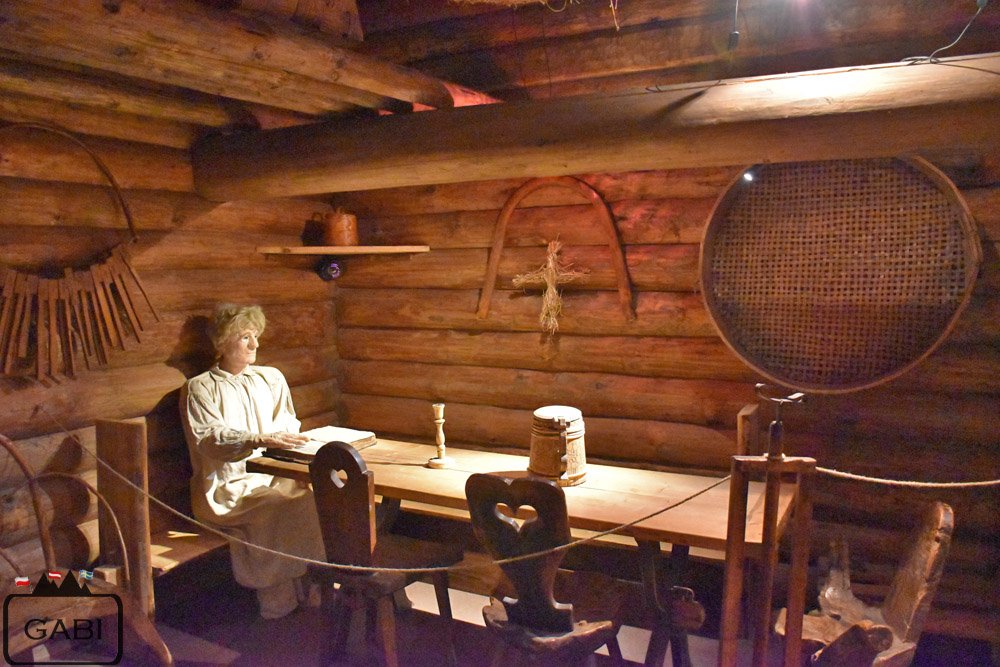
- The symbol of the city – strawberry. The inspiration for strawberries was the painting of the naive Paul Kondas “Strawberry Eaters”. It was chosen as one of the 100 most unique naive paintings in the world. There are a total of 8 concrete strawberries in the whole of Viljandi.
